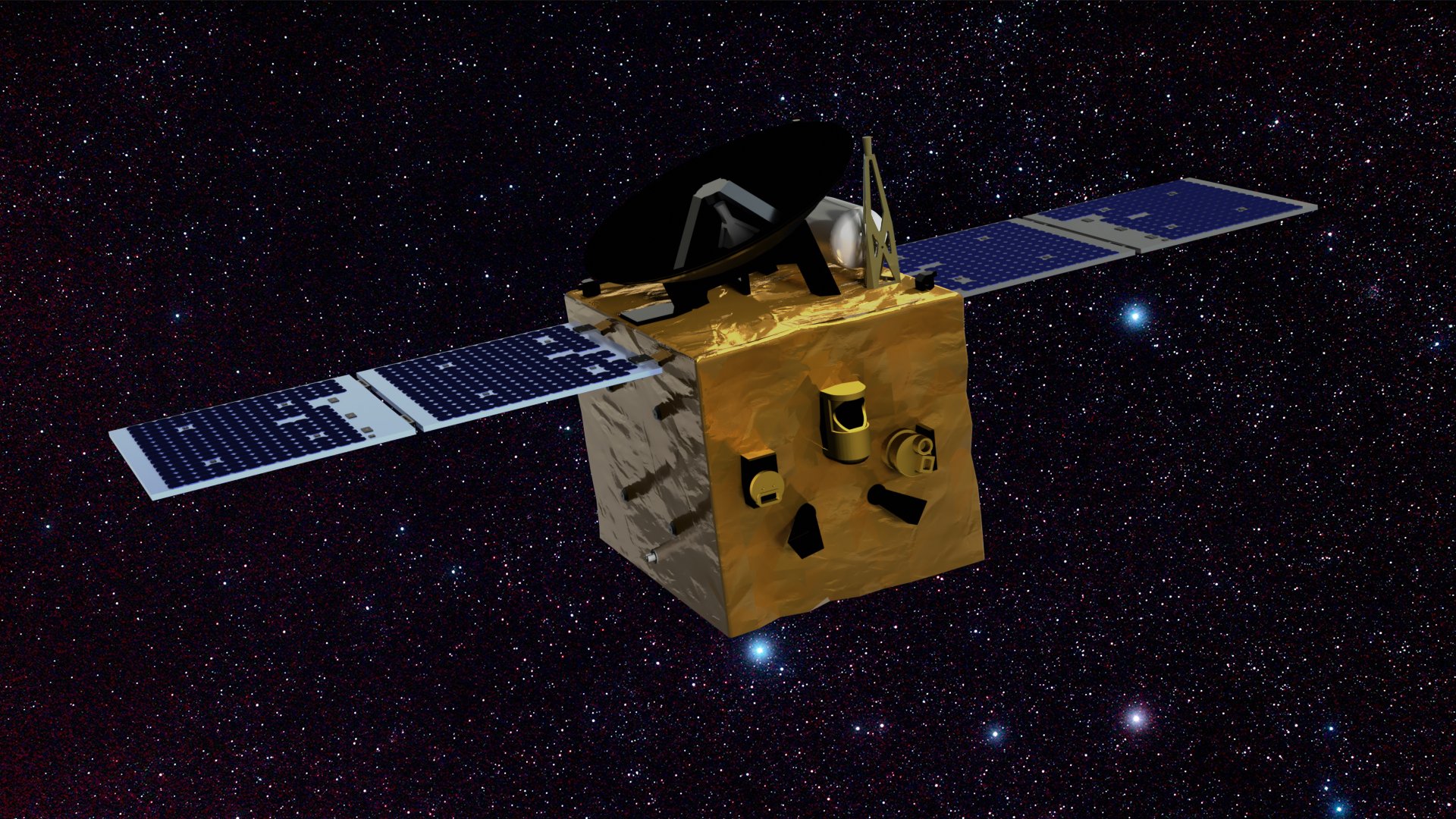The United Arab Emirates Space Agency has announced a new Emirati interplanetary mission, designed to accelerate the national space engineering, scientific research and exploration capabilities.
Building on the Emirates Mars Mission (EMM), the new mission will involve significant participation from Emirati private sector companies. It is scheduled for launch in 2028, with the primary goal of exploring the asteroid belt between Mars and Jupiter, the source of most meteorites that impact earth.
The spacecraft will undertake a 3.6 billion-kilometre, five-year journey, which will see it perform gravity assist manoeuvres by orbiting first Venus, then Earth to build the velocity required to reach the main asteroid belt, located beyond Mars. Its trajectory around Venus will see it reaching a solar proximity of 109 million kilometres, requiring substantial thermal protection and a furthest distance from the sun of 448 million kilometres, requiring high levels of insulation and spacecraft operation with minimal levels of available solar energy.
Sarah Al Amiri, chair of the UAE Space Agency, said: “Our goal is clear: to accelerate the development of innovation and knowledge-based enterprises in the Emirates. This can’t be done by going steady-state, this requires leaps in imagination, in faith and the pursuit of goals that go beyond prudent or methodical. When we embarked on the Emirates Mars Mission, we took on a six-year task that was in the order of five times more complex than the earth observation satellites we were developing. This mission is in the order of five times more complex than EMM.”

UAE Space Agency
The mission will make its first close planetary approach orbiting Venus in mid-2028, followed by a close orbit of Earth in mid-2029. It will make its first fly-by of a main asteroid belt object in 2030, going on to observe a total of seven main belt asteroids before its final landing on an asteroid 560 million kilometres from Earth in 2033. This will make the Emirates the fourth nation to land a spacecraft on an asteroid.
The new mission will be developed in partnership with the Laboratory for Atmospheric Science and Physics (LASP) at the University of Colorado, Boulder. LASP was the primary knowledge transfer partner for EMM, bringing over 70 years’ experience in spacecraft and instrumentation design and development and helping advise, train and develop the team of Emirati engineers, software developers and scientists who worked on EMM, many of whom will go on to work on this new mission.
The science goals and instrumentation to be deployed on the mission are to be announced in mid-2022.

